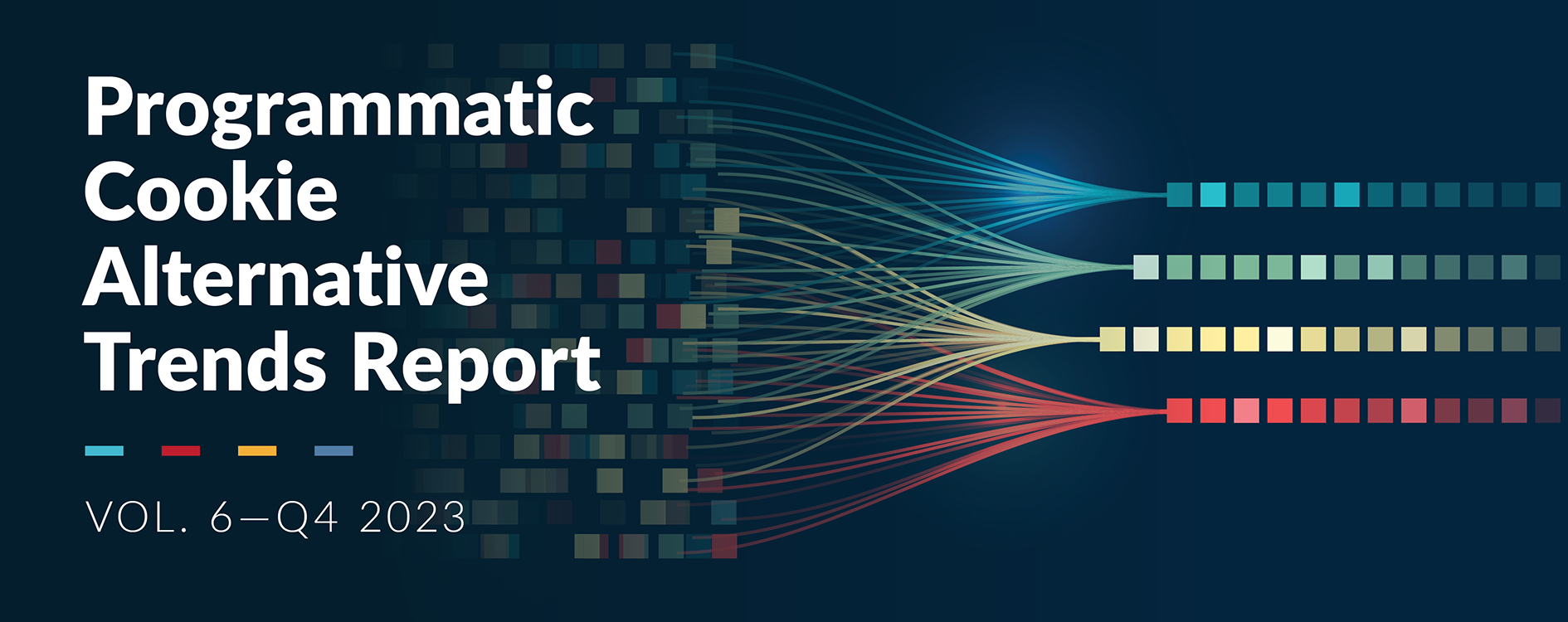With record-breaking growth in 2021 and hitting a revenue goal of $200bn in early 2022, digital advertising’s year-over-year growth has sharply declined, according to the Interactive Advertising Bureau’s (IAB) and PwC’s latest annual report. The report highlights how industry headwinds such as increasing privacy regulation, measurement, economic uncertainty and geopolitical factors have. contributed to the below-expected growth for the second half of 2022.
And if the industry wants to continue to grow in 2023, it will need to efficiently reach and measure audiences outside of third-party cookies with fewer identifiers.
Digital advertising has made huge strides to operate without third-party cookies, but I’d be lying if I were to say we just have a few minor kinks to work out before we’re in the clear. To evolve into a sustainable ecosystem outside of third-party cookies, there’s a major obstacle we need to tackle if we truly want to move towards a privacy-centric open and free web: identity measurement.
It’s quite easy and inexpensive to target a user on Safari today; however, since buyers are less likely to buy what they can’t measure, programmatic’s free market system discounts premium Safari users. Until there’s an acceptable identifier that can measure outcomes, Safari users will remain on programmatic’s sale rack.
Programmatic advertising has been an efficient way to reach audiences at scale and as we race to rebuild without third-party cookies – and this allows us to curb the downsides of the cookie such as overstepping consumer privacy, fraud risk, layers of fees and latency.
Here’s what needs to happen to access the entire open web.
Rethinking identity
Today, we often define identity as having the ability to identify an individual, device or browser using a variety of online signals. But if the goal is to move to a privacy-centric future, we need to rethink the meaning of identity as it relates to digital advertising.
The next iteration of identity should entail replicable signals that allow marketers to compare outcomes across their digital media buys. Alternative identifiers need to capture and pass privacy-centric signals that can be directly inserted or inferred by programmatic demand; once that occurs we’ll see more support from buyers and, in turn, an increase in publisher monetization.
Since enhanced consumer privacy and choice is the supposed culmination of a world without third-party cookies, these principles need to be at the forefront of any cookie alternative framework and how we measure it. We have to be mindful of the consumer and provide simple and clear controls to empower the consumer to make their own choices about their data. Luckily, most consumers can appreciate and understand a fair value exchange to access content, and will therefore often be happy to share their information.
Supply and identity partners need to align with how demand partners measure. Creating a set of parameters on what performance standards we need to capture will curb the need for custom development work and encourage supply chain efficiency. Making measurement a priority now allows for testing against the third-party cookie and a better understanding of performance.
This original article was originally featured on The Drum.
By: Paul Bell | President at 33Across








